These photos show demolition work at Strathmartine Hospital where 18 buildings have been pulled down in the name of progress.
Those buildings are now dilapidated ruins with Central Demolition in the final stages of partially demolishing the former hospital site, which dates back to the 1850s.
Very few of its abandoned buildings spread across 44 acres – could be – saved, and few tears were shed when work started to dismantle the sprawling site.
The toll of repeated fires and water damage since its closure almost 20 years ago left many of them in a perilous state and structurally unsafe.
The confirmation that more than 200 new homes, including badly needed social housing, were set to rise from the rubble marked a welcome milestone in the saga.
Of those 224 residential properties, 12 period family homes will eventually be formed by the retention and conversion of the remaining handful of listed buildings.
Those which remain are showing quite a few battle scars from decades of abuse.
Allan Bell from Central Demolition and his team arrived to find mould spores clinging to rotting walls, gaping windows and trees branching up through broken floors.
At every turn, there was the drip, drip, drip of water seeping its way into the rotten core of the structure.
“We started work at the site in March 2022 and our in-house asbestos squads carried out the extensive asbestos-removal work,” said Allan.
“We demolished 18 buildings, although some had already been badly vandalised, which gave us the difficult job of sifting through the rubble to remove asbestos.
“The razed buildings still have a role to play in the future housing development because we are creating recycled hardcore from the crushed construction debris.
“The recycled hardcore which is being crushed down on site will be reused on the job, which, of course, has a far less negative impact on the environment.”
Miller Homes should be on site at the start of September to start the next phase of the project, with Central Demolition already three months ahead of schedule.
Allan said he is confident Strathmartine now has a bright future having been a target for vandals and arsonists far more than developers over the past 20 years.
Photographer Ron Cathro was given access by Central Demolition to the site, where the new homes will mark a fresh chapter in its chequered history.
Strathmartine Hospital started life in the 1850s as the Baldovan Institution, an orphanage and asylum “for imbecile and idiot children”.
Founded in 1852 by Sir John and Lady Jane Ogilvy, it was the first facility of its kind in Scotland.
Leaflets from the 1850s reference the asylum as being established for the “cure of imbecile and idiot children, and as an asylum for “imbecile children”.
The idea was to take people away from the cause of their illness or difficulty, maybe poor or cramped living conditions, and put them in a nice, safe area, away from the town and surrounded by beautiful countryside.
Baldovan Institution would give them a safe place where they could be taught and properly looked after – fed, clothed, bathed, given a good routine with physical exercise.
Some patients were encouraged to develop skills they could apply in “real” life, with boys working on the asylum farm and girls helping out nurses by making up beds and working in the sewing room, kitchen and laundry.
Today the word “asylum” has all sorts of negative connotations, but for many people, Baldovan was a place to call home, somewhere safe.
A sanctuary.
There was a dark side to its history too, with allegations of abuse, cruel forms of punishment and suicide in the mix.
Some wards in the 1950s had ‘time-out’ rooms and Strathmartine, in fact, had a very strict time-out policy where people were kept with no light.
These rooms were very small and most had steel shutters and no windows.
Some residents were also placed in tea boxes until they calmed down which were smaller than coffins.
The hospital was transferred to the NHS in 1948 before it was decommissioned in stages in the 1980s.
Not everything that went on was bad; there were a lot of positive things about Strathmartine, too.
Twice a year patients enjoyed a mini-break to Arbroath.
They would explore the Angus countryside and enjoy an ice cream or fish and chips.
People fundraised for extras for residents in the 1970s and that paid for a swimming pool, a playpark and a minibus so they could go on day trips and holidays.
It finally closed in 2003, becoming a target for vandals and fire-raisers before Miller Homes’ plans were approved to transform the site into a new housing development.
Removed from their former functions, the remaining buildings are now architectural skeletons where the echoes of the past seem louder than ever.
The people who lived there before won’t be forgotten.
More like this:
VIDEO: Documentary takes you behind the crumbling walls of Strathmartine Hospital
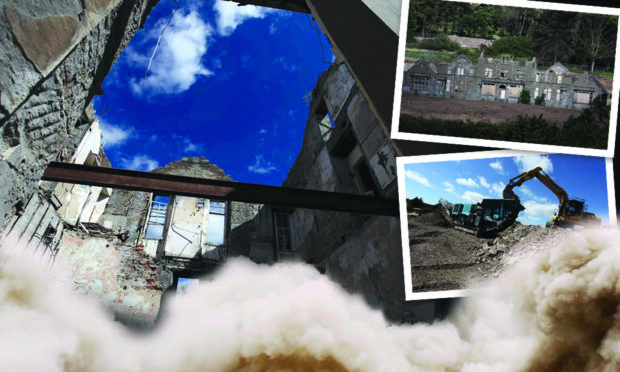
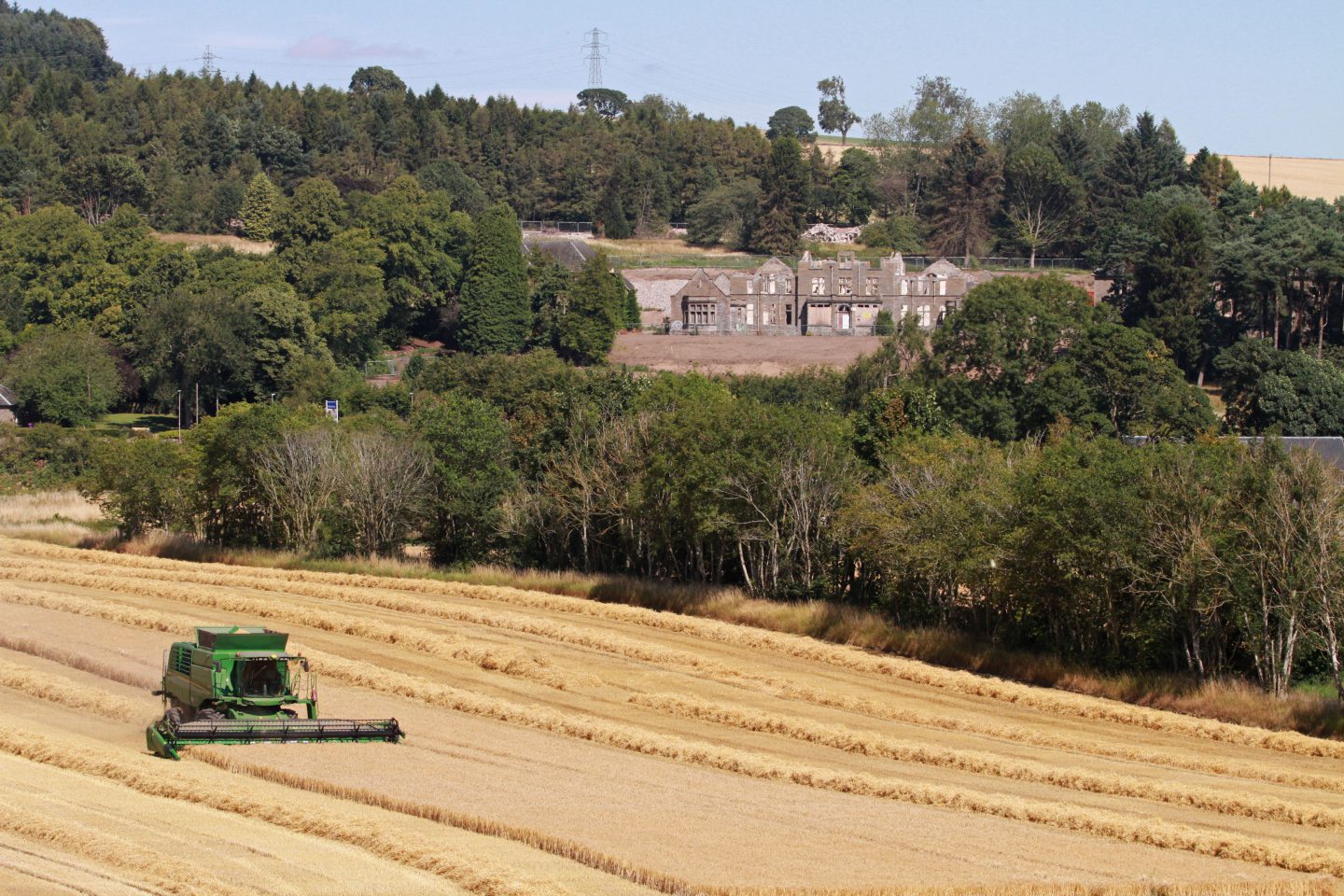

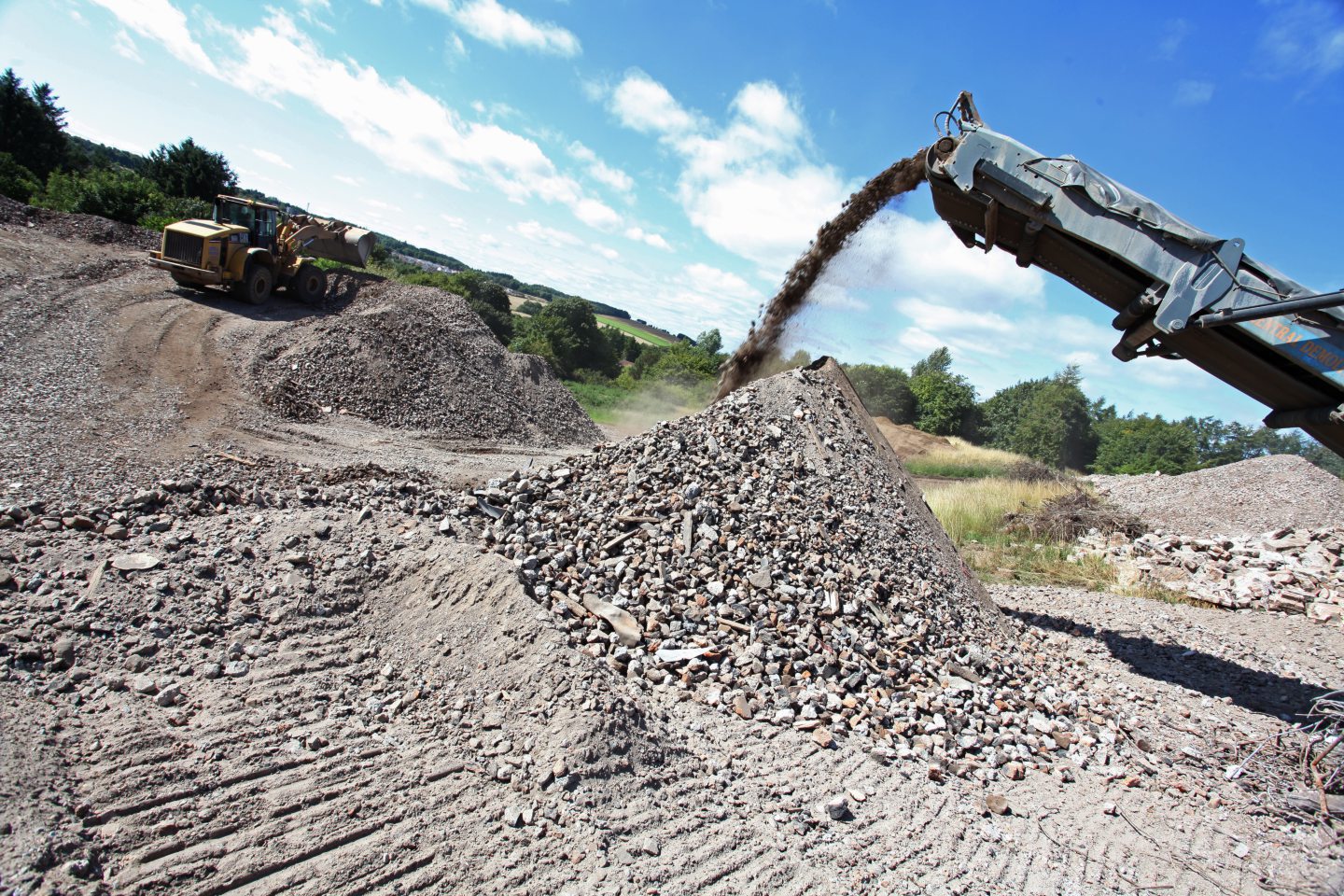

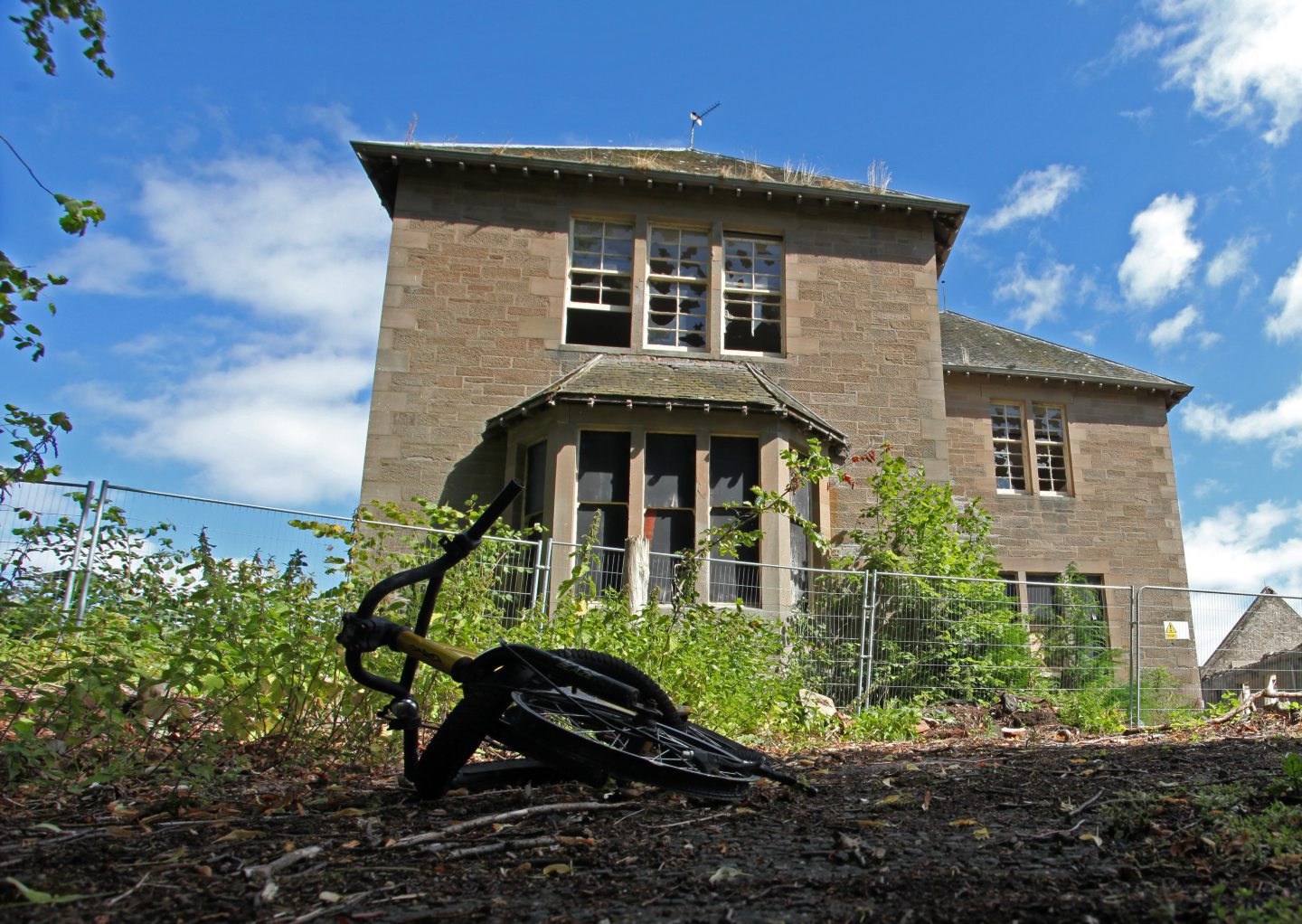
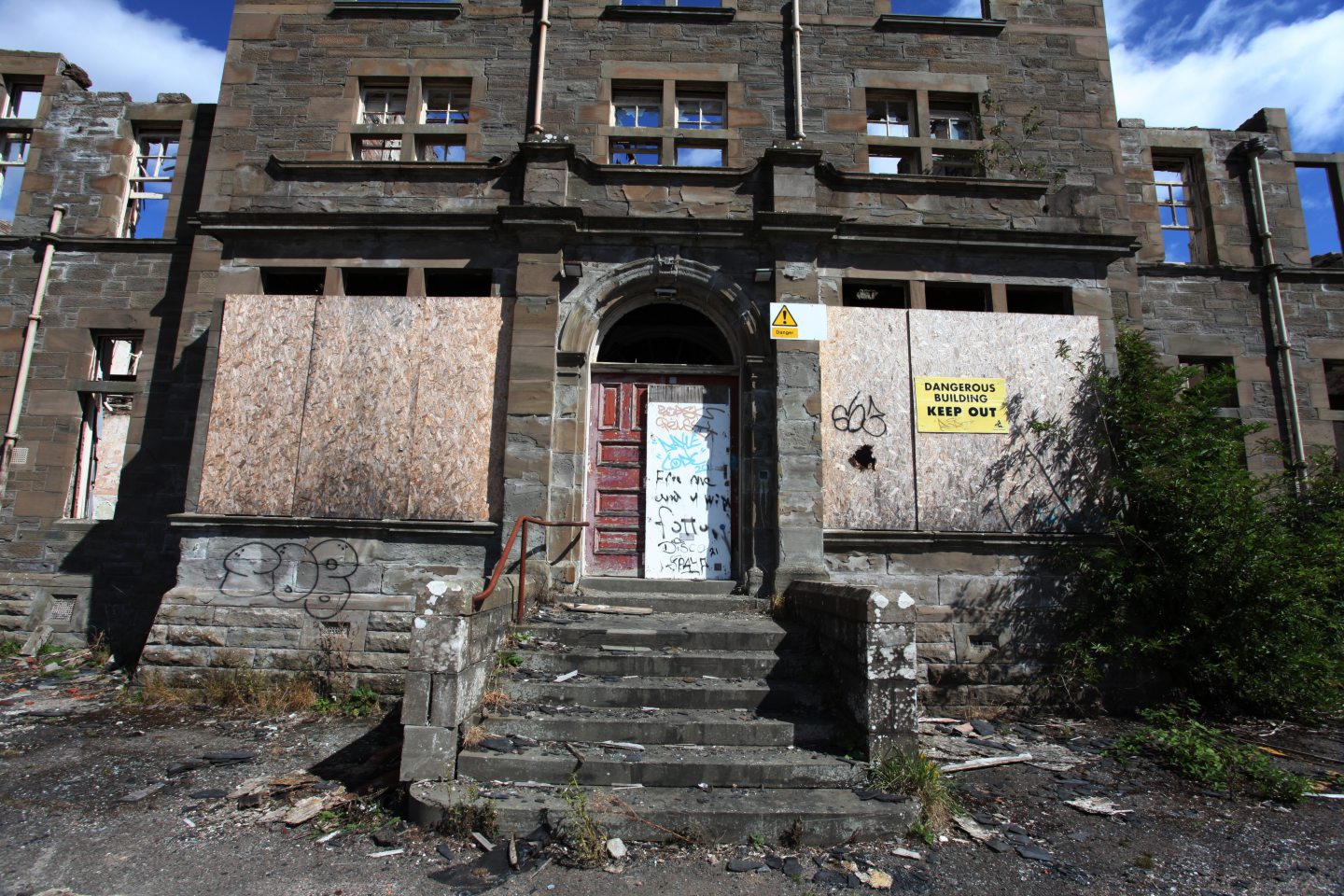




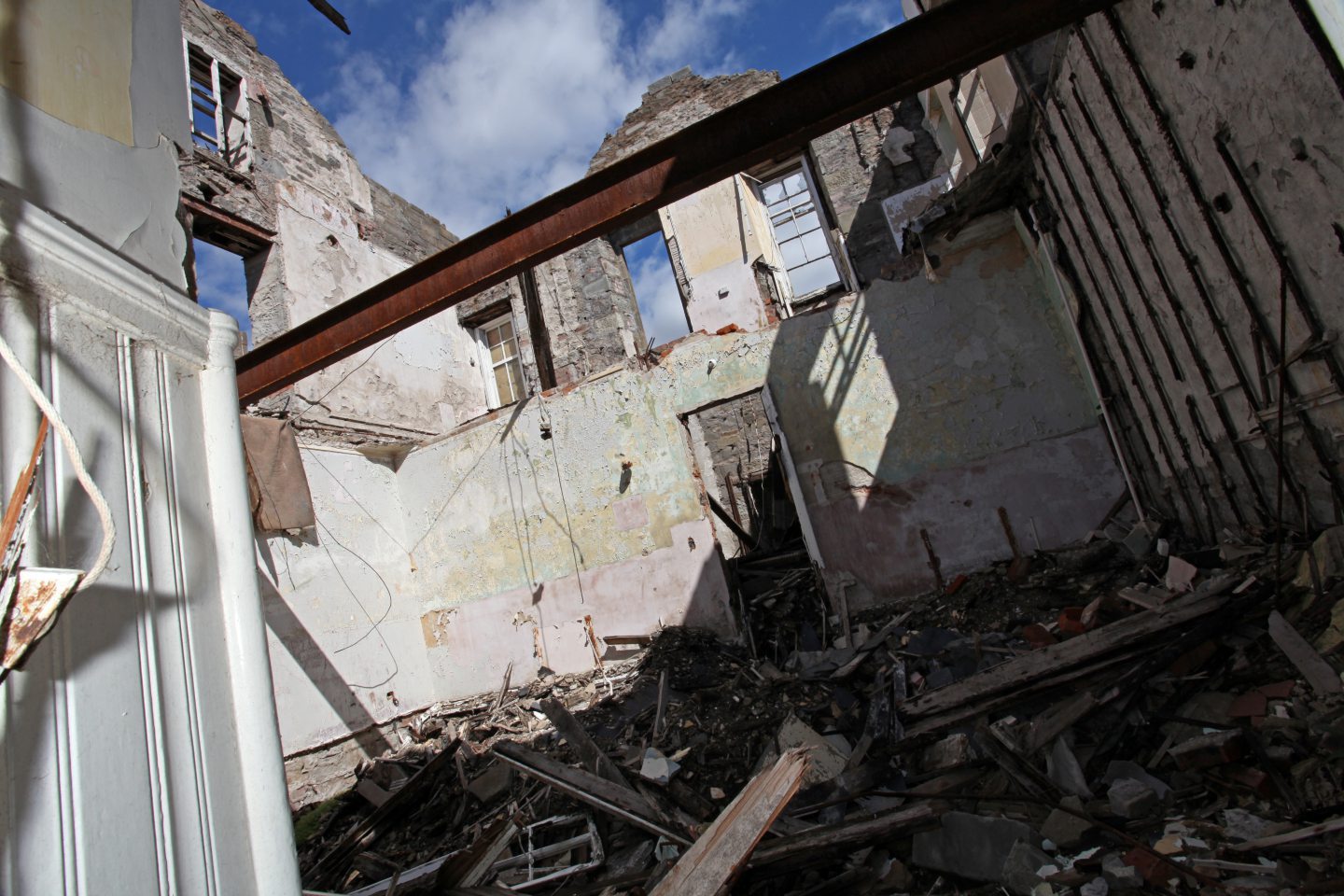
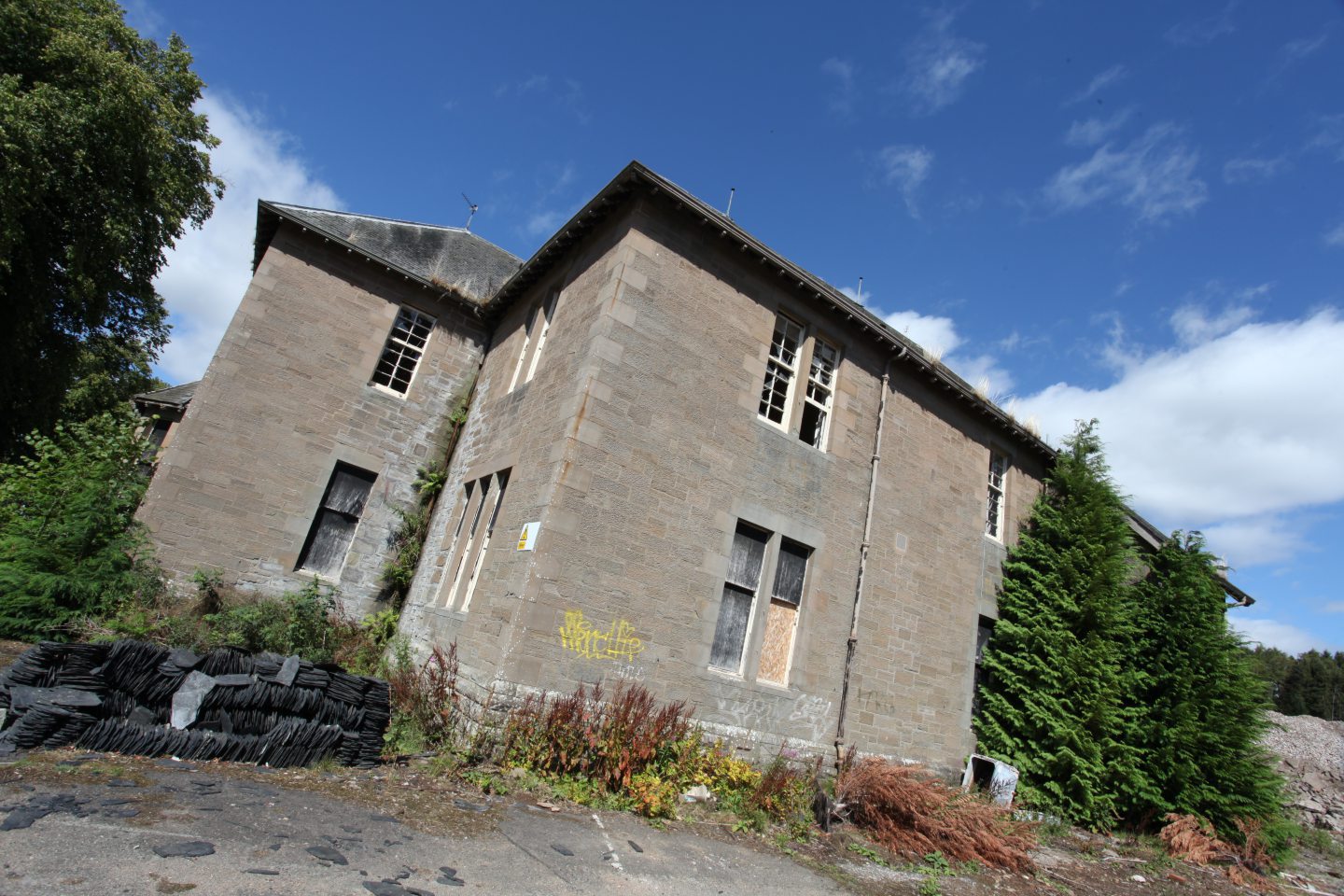
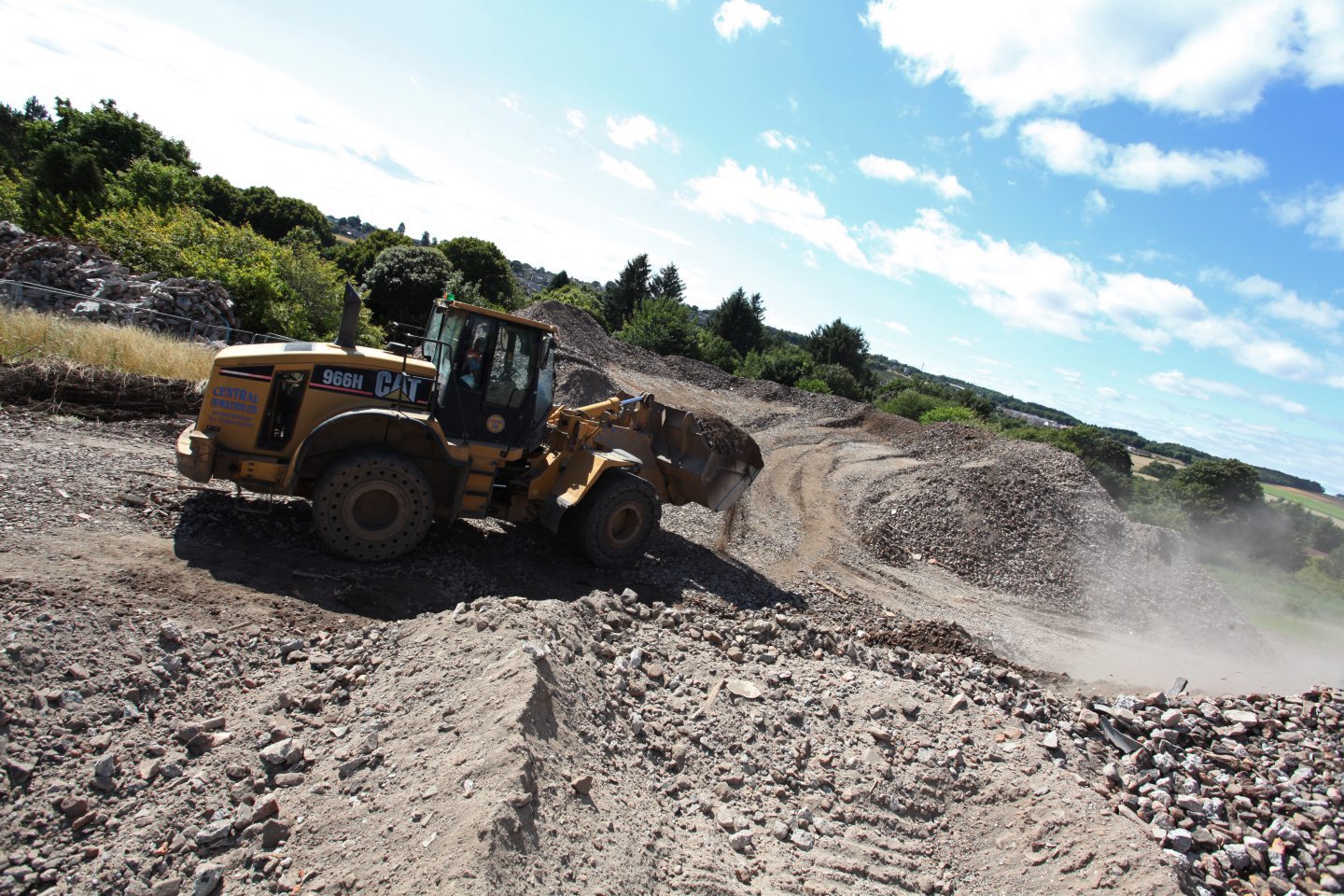


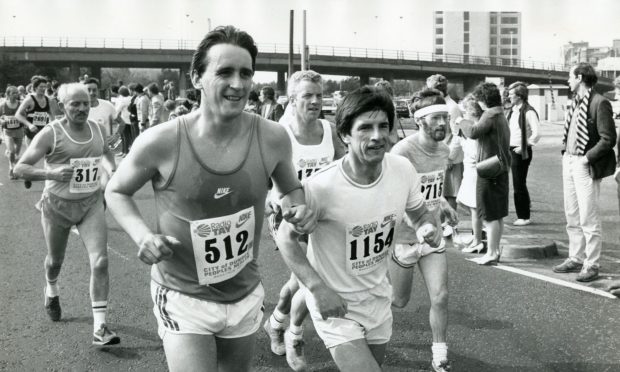









Conversation